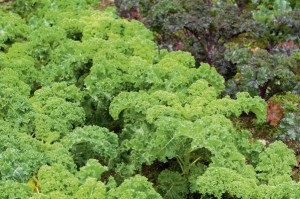The Orkney Unseen naked charity calendar 2015 shows the island inhabitants baring all to raise money for Aberdeen Royal Infirmary.

The Orkney Unseen naked charity calendar 2015 has put the archipelago, just off the north coast of Scotland, in the spotlight. The Orkney inhabitants have laid bare the inner Islander, stripping off to raise money for the neuro ward at Aberdeen Royal Infirmary. Lambs firmly clasped to bosoms.
The Field is keen to support good causes, and country dwellers (and islanders) seem particularly happy to disrobe at the mention of charity. Just remember the hunting hotties from the Holcombe Hunt naked charity calendar, shooting sirens in the Around the Farm naked charity calendar and the jolly young farmers of the WFYFC naked charity calendar
This time farmers, farmers’ wives, shooters and riders, as well as the incredible Orkney scenery have a part in the jolly Orkeny Unseen naked charity calendar.
Caroline Kritchlow’s husband suffered an enormous brain tumour 18 months ago, and found it challengeing living in Orkney and travelling to Aberdeen for hospital appointments and treatments.
Following his successful operation and aftercare, we wanted to support the Neuro Ward at Aberdeen Royal Infirmary and consequently started a charity called Friends of the Neuro Ward – ARI. In just over a year, we have raised over £50,000 which will be spent making life more comfortable on the ward for both patients and relatives who are going through a traumatic time in their lives. We aim to refurbish the ward, upgrading 2 wetrooms, provide a respite room for those travelling from the Northern Isles and eventually provide a life-saving intra-operative MRI scanner which costs £1 million!!
Part of the fundraising for the Friends of the Neuro Ward – ARI, was the fabulous Orkney Unseen naked charity calendar 2015. To purchase an Orkney Unseen naked charity calendar please contact Caroline Kritchlow. Calendars cost £5 plus £2 post and packaging. Help the charity on their way to their £1 million goal.
The Field has donated to the cause.



























